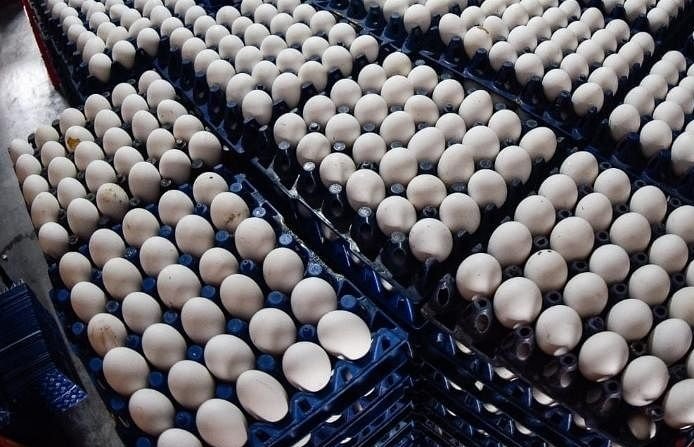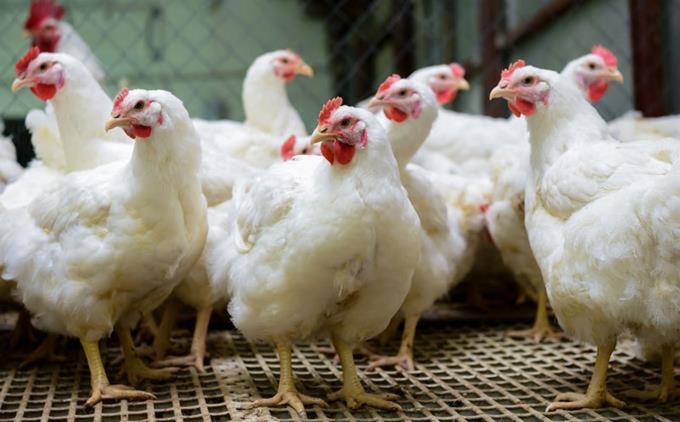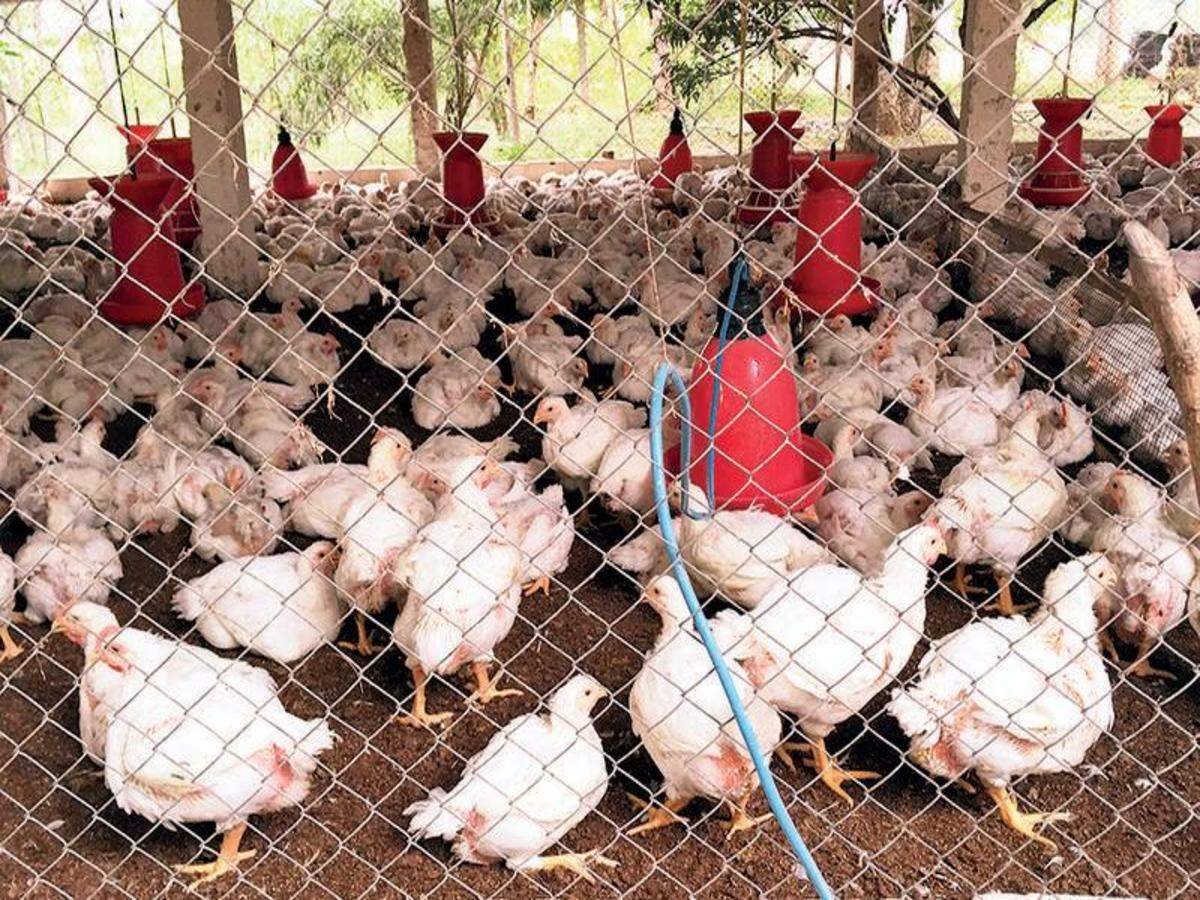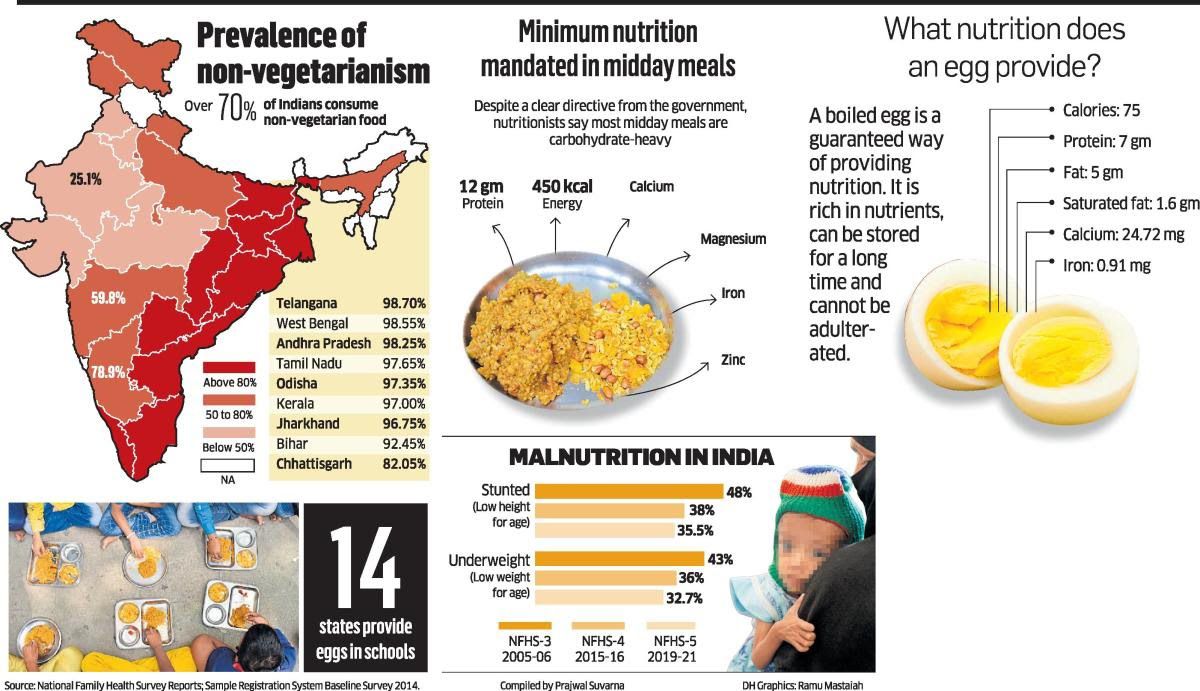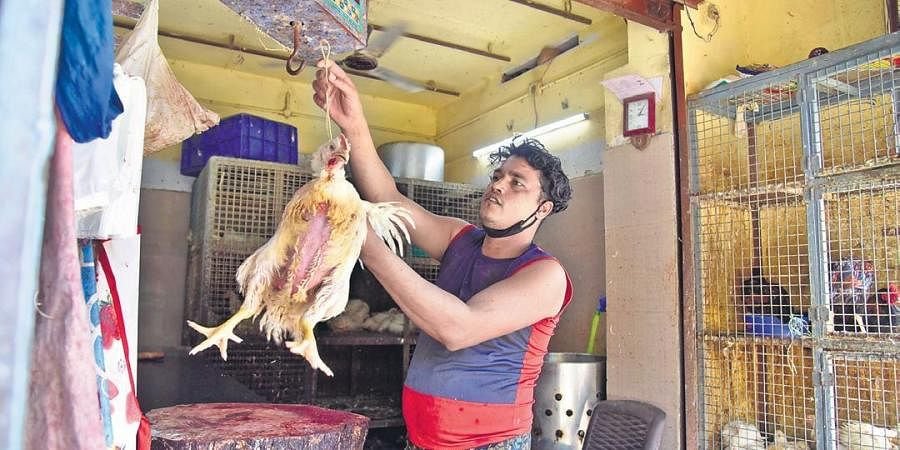Eggs to cutting-edge tech: Vaccine makers upgrade their pandemic response

In 2009, when Pune-headquartered Serum Institute of India (SII) was called on to help in global efforts to develop a vaccine during the swine flu (H1N1) pandemic, it followed a decades-old technique using a commonly consumed household item — eggs.
Yet, today, the egg is out. Like the rest of the world, Indian vaccine makers — crucial in this pandemic also because of their large manufacturing capacities — have had to skill up.
Picture a laboratory where a fertilised hen’s egg is injected with a flu virus. The egg acts as a host, growing the virus, allowing it to replicate over time the way it would in a human. The fluid from this egg is then purified so that the vaccine maker is left with only the replicated virus which, depending on the type of vaccine, is then killed or passed through more eggs to weaken it.
The technology is around 70 years old, but such approaches have so far worked well for Indian vaccine makers in the last two decades, where the most long-standing pandemics were flu-related. During the H1N1 pandemic, one of SII’s biggest challenges had been sourcing pathogen-free chicken eggs, for which it dialed India’s largest poultry supplier, Venky’s (previously known as Venkateshwara Hatcheries).
Around 90 percent of influenza, mumps, measles, rubella and yellow fever vaccines can be made from egg technology, according to Chennai-based oncologist and vaccine specialist Dr Anita Ramesh.
Today, however, the stakes are higher and the challenges are unfortunately not as easy to overcome. The COVID-19 pandemic brought with it a realisation that traditional technology like the use of eggs may not cut it when finding solutions.
For one, this mainstay in flu vaccine production has no effective role in COVID-19 vaccine development. The SARS-CoV-2 virus, which causes COVID-19, does not replicate in such eggs, according to a June 25 study by Ian G Barr, Cleve Rynehart, Paul Whitney and Julian Druce published in the Euro Surveillance journal.
Source: THE INDIAN EXPRESS


